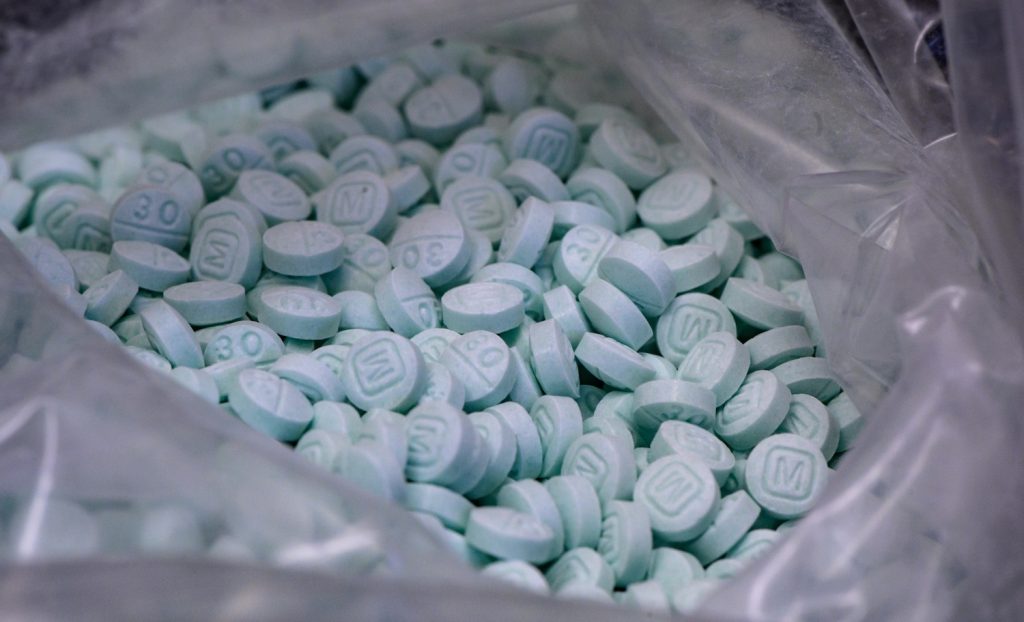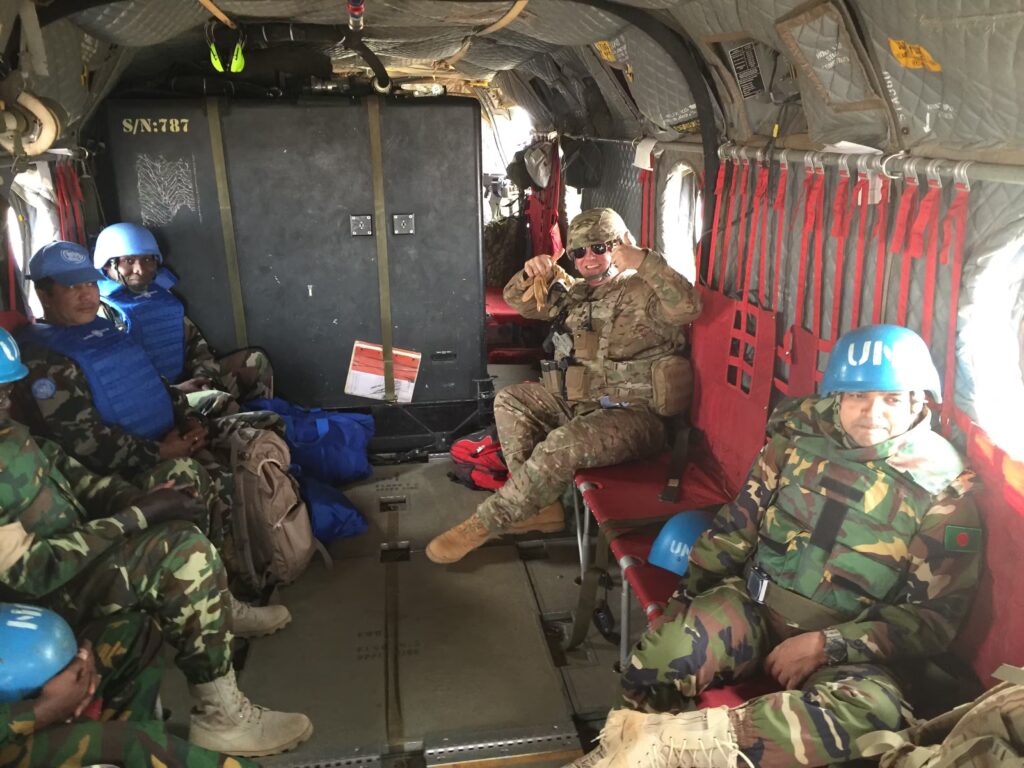Over the last 25 years, the opioid epidemic has gone from a slow-moving wave to a tsunami. It began cresting in the late 1990s with prescription-related deaths, gathered force via heroin in 2010, and by 2014, exploded on U.S. shores with the spread of synthetic opioids. These synthetics — especially fentanyl — are 100 times more potent than morphine, cheap, easy to produce, and lethal at doses as small as two milligrams. The tragic result was that overdose deaths involving opioids rose from just over 8,000 in 1999 to nearly 82,000 by 2022 — double the number of fatal car crashes for that same year. Fentanyl factored in most of those deaths.
Thankfully, the first real signs of progress emerged last year. In 2024, CDC data showed a 27% decline in drug overdose deaths from the prior year, with hard-hit cities like Boston recording reductions of up to 56% among some populations. It was the largest decrease in overdose deaths ever recorded in the U.S.
“It is unprecedented to see predicted overdose deaths drop by more than 27,000 over a single year,” said Allison Arwady, Director of CDC’s National Center for Injury Prevention and Control. “That’s more than 70 lives saved every day.”
Origins of the Decline
Multiple factors played a role, including the widespread, data-driven distribution of naloxone — a medication that can reverse an overdose.
Another key factor: global coordination.
For that, we can thank the United Nations. Specifically, the UN Office on Drugs and Crime (UNODC) and the World Health Organization (WHO), who teamed up with American law enforcement to tackle this deadly crisis. Their partnership has saved lives and reshaped the global counternarcotics response.
A Borderless Threat
Unlike heroin or cocaine, fentanyl isn’t cultivated — it’s engineered. Manufactured in labs, it can be made virtually anywhere. Today, most precursor chemicals originate in China, are shipped to Mexico, then processed by cartels into fentanyl or fentanyl-laced drugs and trafficked north into the U.S.
This isn’t just a criminal justice issue confined to local jurisdictions; it’s a transnational problem. That’s where the UN steps in across every part of the process: public health, law enforcement and anti-trafficking.
Fentanyl isn’t a criminal justice issue confined to local jurisdictions; it’s a transnational problem. That’s where the UN steps in across every part of the process: public health, law enforcement and anti-trafficking.
UNODC: Multilateral Coordination
Based in Vienna, UNODC leads global coordination against transnational crime, including illicit drug trafficking. In 2018, it launched the Integrated Opioid Strategy — a framework based on early warning systems, prevention, law enforcement cooperation and capacity-building.
That includes improving port security in Latin America and advising governments on regulatory frameworks. UNODC has become the glue that holds international counternarcotics efforts together.
Real-Time Intelligence, Real-World Results
The UNODC-led Global SMART Programme helps countries collect and act on data related to new synthetic drug threats. U.S. enforcement agencies use that data to monitor trends — like the rise of substances even more powerful than fentanyl that are entering the market every day.
UNODC also helped launch the Container Control Program (CCP), along with the World Customs Organization (WCO), in 2004. It now operates in 74 countries to stop drug trafficking via maritime containers. In 2023, Mexico joined this global network, which was vital since the port of Manzanillo is on “the front line of the U.S. battle against fentanyl.”
These efforts have already borne fruit. In January 2024, 88 metric tons of glacial acetic acid – a chemical used in methamphetamine production – was seized at the port in Manzanillo. On July 4, there was a major seizure of precursor chemicals used in fentanyl production. These outcomes — grounded in data and enabled by UN coordination — helped drive down opioid related deaths.
Naloxone and WHO
Naloxone, which can reverse an opioid overdose within seconds, has also become critical in the fight but it took a long time to get there. While the medication was added to the WHO’s list of essential medicines in 1983, widespread adoption in the U.S. and other nations has been slow, and its use was restricted to hospitals and emergency medicine.
In 2014, WHO published guidelines recommending broader access and training. In 2017, WHO and UNODC launched the Stop Overdose Safely (SOS) initiative to expand naloxone access and training for those likely to witness overdoses. It addressed training gaps and encouraged partnerships between governments, regional organizations and civil society. These actions played a significant role in increasing support for naloxone and its availability.
The U.S. would follow suit. In 2018, the Surgeon General issued an advisory promoting broader naloxone use. By 2025, take-home naloxone became widespread, contributing to the historic decline in deaths.
Fragile Gains, Political Crossroads
The battle is far from over. A new class of opioids, including nitazenes, has emerged — many unregulated under current drug control treaties. These ultra-potent synthetics evade traditional detection, posing new risks to users and first responders.
At the same time, multilateral efforts are under attack. In January, the Trump Administration signed an executive order to withdraw the U.S. from WHO and has significantly cut funding to UNODC. Programs like the Container Control Programme and SMART depend on voluntary U.S. contributions. Funding freezes have already severely disrupted several UNODC-led efforts in Mexico and Central America — initiatives the U.S. relies on for domestic drug enforcement. These programs and offices could shut down entirely, leaving local agencies to face growing challenges alone.
The message is clear: cutting international drug control funding has real consequences — in emergency rooms, police stations and morgues across America.
“The message is clear: cutting international drug control funding has real consequences — in emergency rooms, police stations and morgues across America.”
A Model for Global Drug Policy
Fentanyl may be the deadliest chapter yet in America’s opioid crisis, but it has catalyzed one of the most globally coordinated response to drugs in history. Going forward, we know that solutions must be international in scope and science-driven, harness real-time intelligence, and have sustained funding.
In 2025, we cannot take our eyes off the shore; the storm clouds remain, which means we must continue investing in global efforts and agencies that have proven so effective.
“In 2025, we cannot take our eyes off the shore; the storm clouds remain, which means we must continue investing in global efforts and agencies that have proven so effective.”





